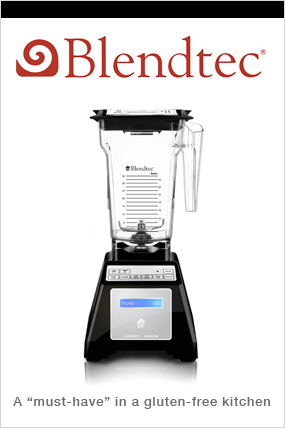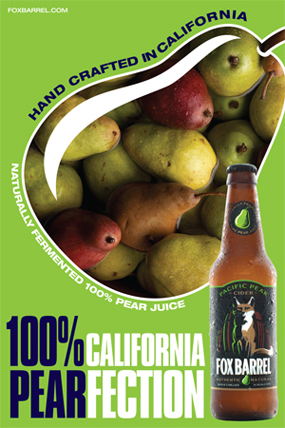I live in a shared kitchen with non-celiac family members. For the most part, this has been a peaceful coexistence that has presented few problems.
Without trying to educate your family first, there are potential problems that can arise. While it would be really great if we could all live in a dedicated gluten-free space, for a lot of folks, that’s simply not going to happen. So with vigilance and the agreement of family members to at least be aware, we can do a lot to minimize our risks and feel confident that we are truly following a gluten-free diet. This post isn’t about actual food in the kitchen, but more about items that can contribute to cross-contamination in a shared space.
Some of the areas where we have identified problems are:
Shared Kitchen Utensils
This is something that thorough washing can you usually take care of — but to be safe, I have my own stash of wooden spoons and silicone spatulas in a separate jar on the counter. No chance of any morsels being stuck to my utensils and no chances of anyone else using them to mix their next batch of chocolate chip cookies.
Plastic Strainers
Shared plastic strainers can be a problem as anyone who’s ever washed a strainer can tell you how much food gets stuck in those little holes. If you’re sharing this with someone making traditional pasta, you are asking for trouble. If you don’t have the room to keep a dedicated gluten-free strainer, make sure you get a good quality stainless steel strainer as it will be much easier to thoroughly clean. Another tip would be to soak it for at least an hour before you wash it to help insure you get any hardened particles softened up enough to come off in the rinse.
Chopping Blocks
Chopping blocks are yet another surface that can hold onto just about anything even if it looks clean. As with just about everything, it’s best to have a dedicated gluten-free chopping block, but if this isn’t possible, much of the same advice that I had on the plastic strainers is relevant here as well.
Sponges
I think this one is kind of obvious, but it never ceases to amaze me when I see how infrequently people change their sponges. A sponge can have more food in it then you could ever imagine and imagine that food being something with gluten in it — every time you wash your dishes, you’re spreading that over everything. Again, stick with the dedicated sponges, it’s a small price to pay for your health.
Tile and Grout Counter Tops
I’ve lived in plenty of houses with tile and grout and it’s something that I don’t like at all. Tile work can be very attractive, but grout is really a vile and unfriendly surface that has no business in the kitchen. It holds onto just about anything it comes in contact with and truth be told, most people don’t do a very good job cleaning it. While few people will have the resources to change out their kitchen after a diagnosis of celiac disease, getting in a habit of using that dedicated chopping block to prepare your food will save you a lot of headaches.
Plastic mixing bowls and measuring cups
I’m not a fan of anything plastic. Glass mixing bowls and measuring cups or metal measuring spoons are a much better way to go as they are easier to clean and are not porous enough to hang on to food particles.
The Butter Tray
It’s a rookie mistake, but one we’ve all made in the beginning. You open the refrigerator, then use your knife to take a slice of butter for your gluten-free bread. This is all well and good if you live by yourself, but the problems lies in the fact that your non-gluten-free family members or housemates have done the same thing leaving your butter completely contaminated. While a dedicated butter tray is the preferred choice, you can’t always count on everyone else to comply with what you want them to do.I have a couple of shelves in my refrigerator that are only for gluten-free items and my family has done a good job respecting me with leaving my shelf alone.
Non-Stick Pans
We all love using our non-stick pans as they are truly a great innovation for eggs, pancakes, and so many more great dishes. The problem can arise when the pan starts to get old and a bit porous. If you are using shared pans, soaking and washing thoroughly are essential. Tiny bits of food can get stuck and then the next time you use the pan, you are in for it.
The best remedy (like all of my other tips) is to have your own dedicated pan, but that of course takes more space and costs more money — not always something everyone can do. Beyond the issues of food particles being stuck in the pan, an older pan is not a great thing as you’ll end up with bits of the non-stick coating in your food, and while that may be gluten-free, I wouldn’t exactly call it a healthy ingredient.
This is by no means every problem that might arise, but these are all things that can get you thinking about areas in your home that can be potentially problematic. Being diagnosed with celiac disease is not easy, but with a little bit of preparation, it’s not that hard either. Knowing where the problems lie will make your life a lot easier and go a long way in keeping you healthy. Knowing how I felt and more importantly how close to death I was pre-celiac diagnosis, I have no interest in going back and I’ll take every precaution that I know how to.






